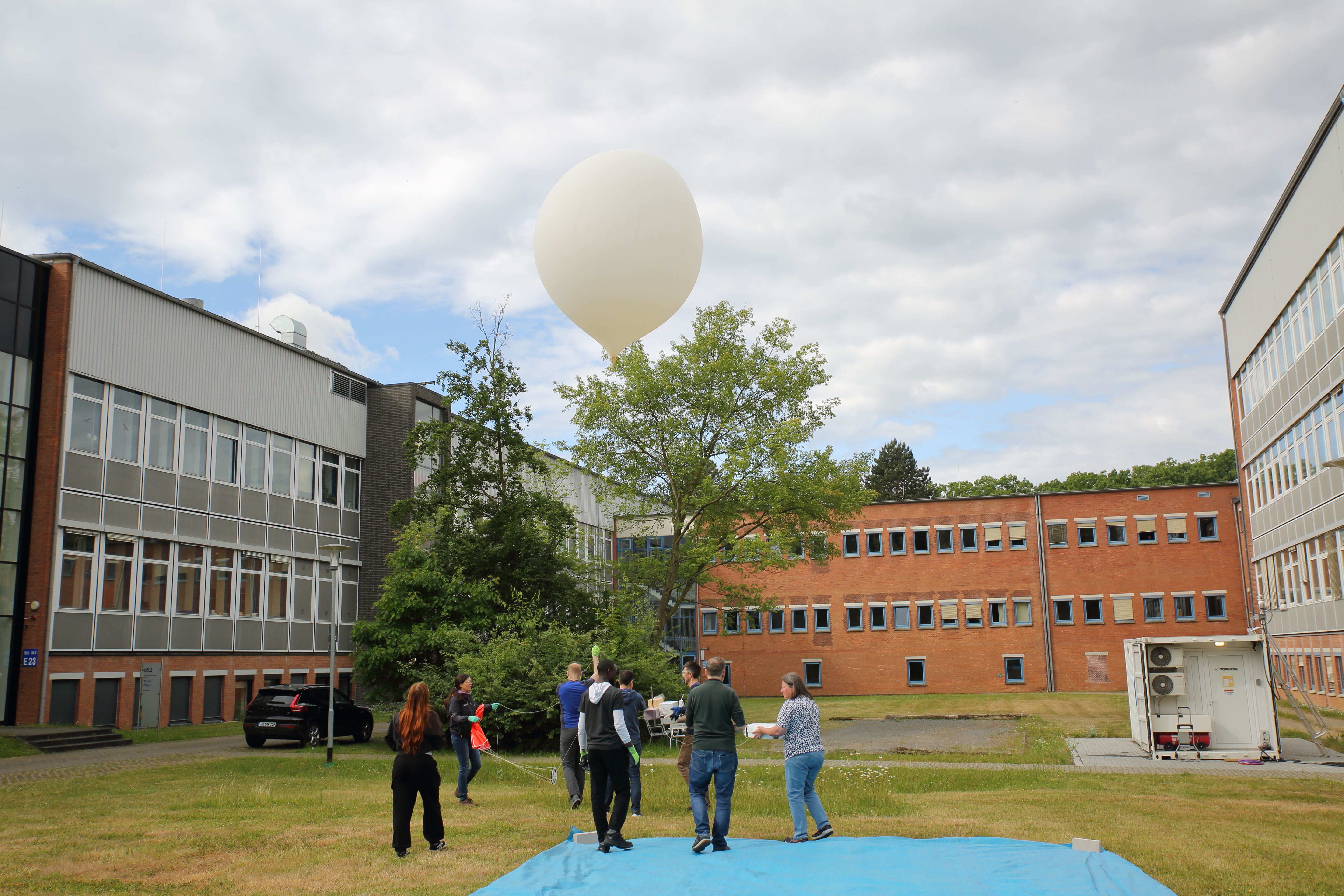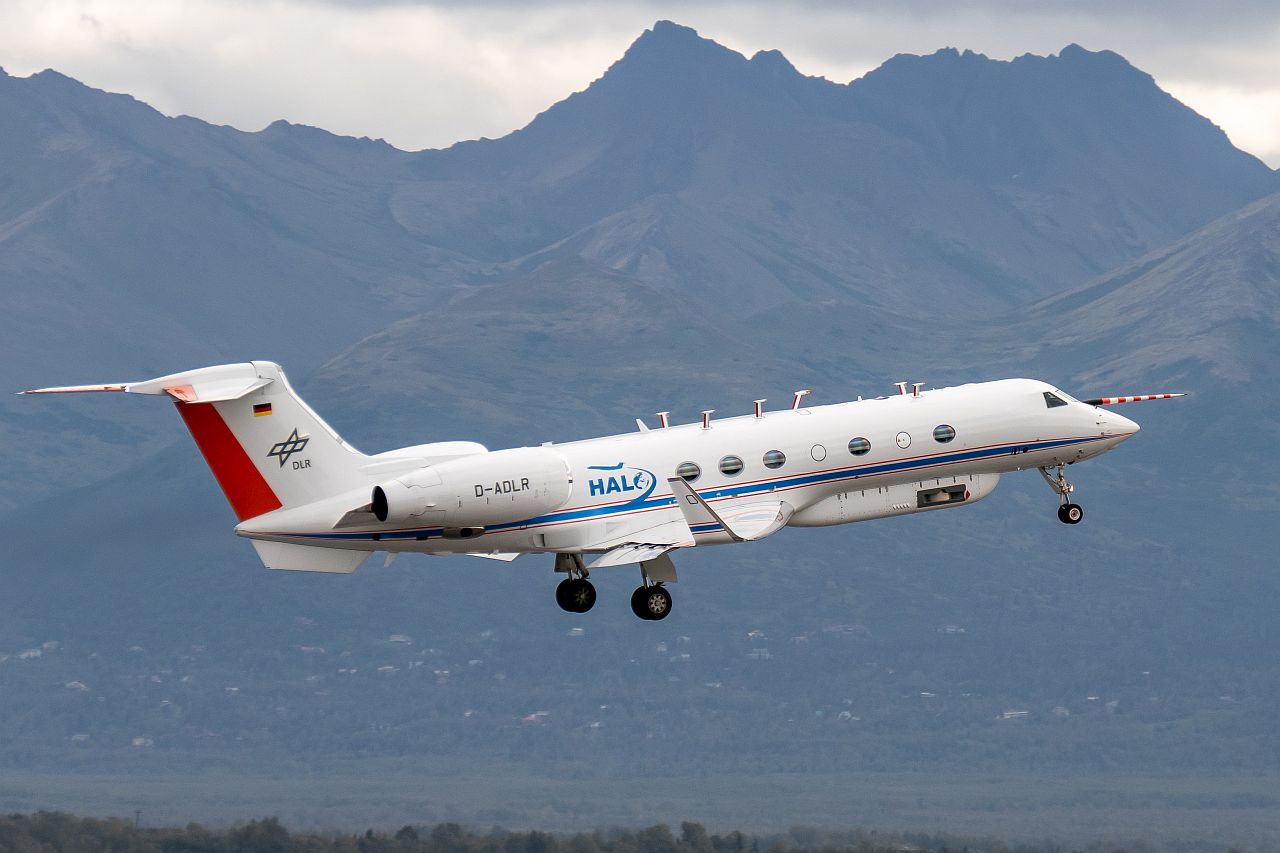Balloons on a Climate Mission: Searching for Clues in the Stratosphere
5 June 2025
The launch of the weather balloon on 27 May was the first of many this year – marking the start of a unique measurement campaign which will continue until October, with weekly launches. Its aims include investigating the influence of the Asian summer monsoon on the stratosphere over Europe across an entire season.
During the balloon campaign, several miniature sensor packages will rise to an altitude of over 30 kilometers, directly recording the vertical distribution of various trace gases, aerosols, and cloud particles. These precise measurements will also help verify measurements from satellite instruments and check the results of climate models.
The balloons carry a range of different measuring instruments. Some transmit their data directly to the climate researchers' ground station. Others take air samples in the troposphere and stratosphere, which are then examined later in the laboratories of the Institute of Climate and Energy Systems (ICE-4). "As a result of the decreasing air pressure, the balloon expands more and more at higher altitudes until it finally bursts. The devices are tracked and can then be recovered after they land," explains atmospheric researcher Christian Rolf, who is coordinating the campaign together with Johannes Laube.
Long-term effects on the climate
The monsoon has no direct influence on the weather in Europe. It is more about long-term effects on the climate, such as damage to the ozone layer or increased concentrations of greenhouse gases such as water vapor. The balloon campaign follows on from the PHILEAS aircraft campaign in 2023. That campaign also focused on the climate impact of the Asian monsoon, but the current campaign is focusing on longer-term measurements over several months.
“A high frequency of thunderstorms causes strong vertical transport in the Asian monsoon region,” explains Christian Rolf. “Air masses near the ground, containing all the local emissions, are quickly transported to the tropopause. From there, the air masses slowly spread across the entire northern lower stratosphere, allowing us to measure the influence and air from the Asian monsoon here as well.”
Further Information
Contact
- Institute of Climate and Energy Systems (ICE)
- Stratosphere (ICE-4)
Room 1059d
Dr. Christian Rolf
wissenschaftlicher Mitarbeiter
- Institute of Climate and Energy Systems (ICE)
- Stratosphere (ICE-4)
Room 1056





